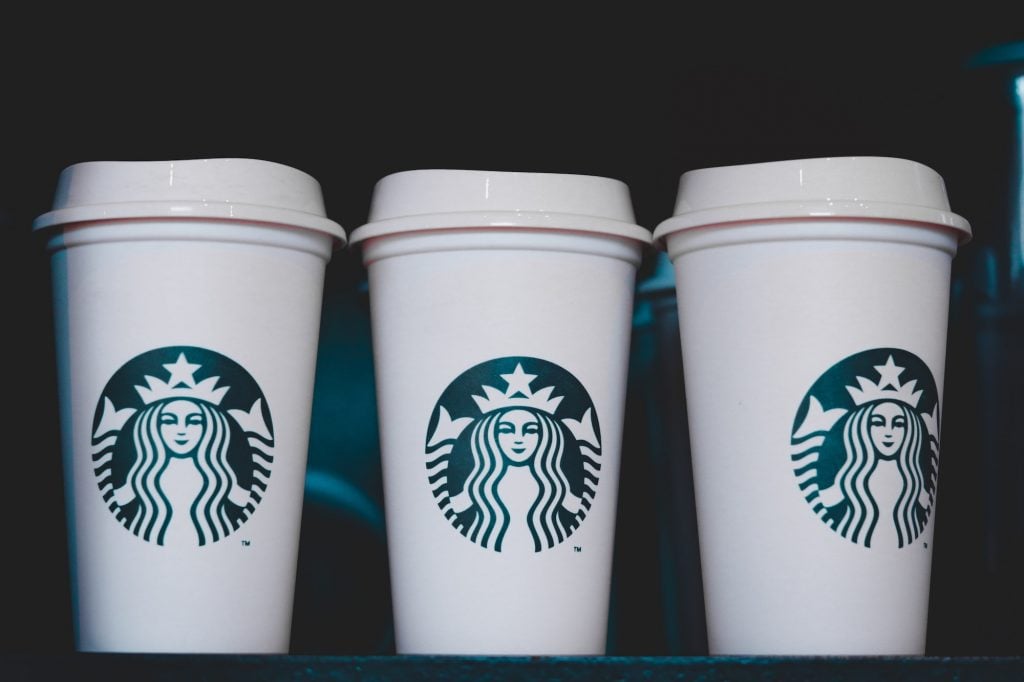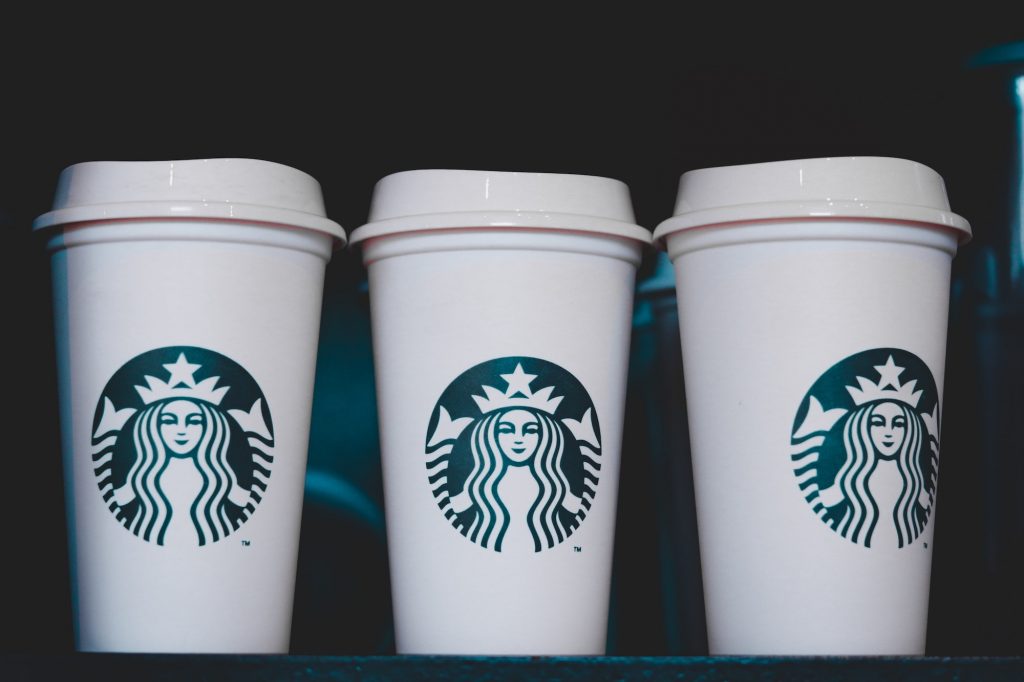Brands often seek to uncover their archetype as a way to define who they are and what they stand for – to the company itself and to outsiders. Your brand’s archetypal qualities will be the ones that are most developed and fundamental to your company. They’ll answer the big, mission-specific questions like, “Who are we?” and “What’s the purpose of what we do?” And when you do finally dig through archetype examples and unearth your brand’s true model, you can use what you define to guide everything you do. That includes creating marketing strategies and visuals to brainstorming products and helping customers.
What is an Archetype?
In literature, an archetype is a character that has a specific set of traits or qualities that are easy for the reader to identify. For example, the hero archetype is often the protagonist of the story. They will be courageous, rise to whatever challenges they face and persevere despite the odds. We’ll get into each type in a minute, but here are a few archetype examples you may find familiar:
- The title character in Ferris Bueller’s Day Off is a typical outlaw – he breaks pretty much every rule set forth to have a day off from school with his friends.
- Indiana Jones is your explorer, always off to the next adventure with no idea of what’s in store.
- Jim Halpert from The Office is your run-of-the-mill everyman, likable and relatable because he’s so average.
An archetype represents something universally human – an experience or meaning that everyone can relate to. And while the specific characters may not look the same – one hero could be quite different from another – their traits and paths are often the same or similar.
The 12 Most Common Archetypes
While this isn’t a complete list, there are 12 basic archetypes that you’ll see depicted over and over again:
- Caregiver: Supportive (not main) character who makes sacrifices for the good of others.
- Creator: Visionary who creates something of high importance.
- Everyperson: Average and easy to relate to; somebody you’d meet in normal, daily life.
- Explorer: Desire to go beyond boundaries and explore the unknown.
- Hero: Lead character who rises to the challenge.
- Innocent: Pure in intentions and morality.
- Jester: Sometimes provides wisdom, but is usually around for comedy and humor.
- Lover: Follows their emotion, heart and passion.
- Magician: Powerful; understands the forces of the universe and knows how to use them.
- Outlaw: Lives outside society’s demands; rebellious.
- Ruler: Rules over others, either emotionally or legally.
- Sage: Has a lot of knowledge and wisdom; often acts as a mentor.
Archetypes vs. Stereotypes
Note that an archetype is not the same as a stereotype. An archetype may have a standard set of traits, but they’re often complex in character. Stereotypes, on the other hand, have a more limited character and tend to have negative connotations.
If you think of the movie The Breakfast Club, you can see the difference. While the characters do end up sharing more of themselves, and we see them in a less-limited light by the end of the film, they’re much more stereotypical than archetypal. They’re even defined in the movie as a stuck-up rich girl, a dumb athlete, a wimpy nerd, etc. However, archetypes do have a dark side. They possess both positive and negative qualities, which contributes to their complexity.
What Does This Have to do With Business?
Everyone, customers included, love stories. They’re easy to understand and relate to, and they make humdrum information all the more entertaining and memorable. Stories are able to drum up feelings, which are more powerful for making decisions than, say, hard numbers and facts. So, when a brand can tell a story and appeal to a customer’s emotional side, they have a better chance of encouraging them to make a purchase.
Starbucks is an excellent example of a company that uses an archetype in their branding – they feature a siren in their logo. In literature, the siren (a mermaid with two tails instead of one) is confident and tempting, a real-life fantasy, something that people don’t have a chance of staying away from. The company chose the siren for their logo because they felt it portrayed quality and made customers trust them. The idea is to get customers thinking, “This is going to be an excellent cup of coffee.”

Image by K / Unsplash
Ideas like understanding how the universe works, offering comic relief in dramatic situations or having clear and guiding morals can be difficult to express in words. That’s where the archetype comes in, clearly forming a visual language that conveys those facets in a way that most people will understand. Starbucks realized that if they could direct their copy, marketing and visuals toward an archetype, they’d present a clear and specific representation of their company. And that archetype can be easily recognized, understood and remembered by everyone.
Defining Your Brand’s Archetype
When you define your brand’s archetype, you can start to create copy, visuals, best practices, goals and more around those guiding characteristics. Figuring out that archetype may be tricky, though, especially if your company has overlapping characteristics. To start thinking about your brand’s archetype, consider taking the quick, 10-question archetypes quiz at CultureTalk.


The 12 Archetypes and Business Characteristics, Plus Archetype Examples
Let’s break down the business-specific characteristics that relate to each archetype. Think about the themes and patterns that seem to pop up over and over at your company.
- Caregiver: Companies that are compassionate and generous. They put others first and offer ways to take care of customers. Example: Medicine brands.
- Creator: Authentic and imaginative companies that believe in the creative process. They will reorganize what’s needed to find more meaning. Example: Arts, crafts and DIY project brands.
- Everyperson: Hardworking and honest, this company appeals to the common human. Example: Affordable superstores that sell home items.
- Explorer: Active, independent and youthful organizations that love evolving and stretching themselves. These companies feel that there aren’t any limits. Examples: Car companies that design off-roading vehicles.
- Hero: Bold, functional and highly-responsive brands that are both competent and inspiring. Example: Sports and athletic gear brands.
- Innocent: These companies offer basic and simple pleasures, focusing on what feels good and what can help restore optimism. Example: Fast food restaurants.
- Jester: Brands that are fun, playful and spontaneous, helping customers tap into their inner child. These companies bend the rules for the sake of amusement. Example: Candy or board game brands.
- Lover: Companies that understand and utilize affection and emotion. They care about beauty and pleasure. Example: Greeting card companies.
- Magician: Brands that believe in miracles, mind over matter and creating transformational experiences. Visionaries are often at the helm of these businesses. Example: Theme parks.
- Outlaw: Most things are done completely differently than how others do them. These companies challenge the norm through their creativity, energy and innovation. Example: Tech companies.
- Ruler: Authoritative, commanding and polished brands that are leaders in their industry. Example: Financial institutions.
- Sage: Companies that want to find out the truth and share knowledge. They value information and intelligence. Example: Colleges and universities.
Considering the Negative Side of Your Brand Archetype
When you’ve decided what your archetype is, you can delve into the less-than-perfect “shadow” side of it. Acknowledging your archetype’s flaws isn’t about making you feel bad for not running a perfect company. Instead, it will clue you in to your shortcomings and weaknesses, which gives you more information and power to improve upon them.
Often, a negative quality of an archetype is one that results from a positive quality going a bit too far. For example, a caregiver company may offer phenomenal customer service and always go out of their way for the needs of their customers. However, they may over-give, too, which can have an impact on their bottom line while zapping time and energy from their representatives.
Here’s another example: Creators may always be looking for the next best way to make the business more imaginative. But they could also feel like their work is never done, continually revamping what they’re working on without ever finalizing it.
Knowing where your company falls short and how those shortcomings relate to your archetype will help you improve. You can maximize the positive characteristics you know you possess while keeping an eye out for the negative ones. You can also create boundaries, rules and best practices to reel in those negative characteristics before they get out of hand. For example, a caregiver brand can create a specific set of guidelines that clarifies what customer service reps can do for customers — and at what point they should stop catering to their needs.
Final Thoughts
Determining your archetype lets you focus and define your brand in a steadfast way. In turn, the archetype will influence everything else that occurs in the business. Also consider that you may feel strongly that your brand fits into more than one archetype. If that’s the case, try to define the characteristics of each archetype that your company possesses, then find ways for them to work in harmony with each other. For example, your company may have a core collection of products and services that have served customers for decades (ruler). It may also have a branch that’s dedicated to innovation and evolution instead of staying stagnant (outlaw). By combining archetypes and defining the traits that match your brand, you’ll create a custom archetype that’s wholly you.
As you jump into the world of archetype examples, you may also want to check out our article about how your personality type may be affecting work.
Featured Image via NTL Studio / shutterstock.com
The post What is Your Brand’s Cultural Archetype? appeared first on Elegant Themes Blog.

